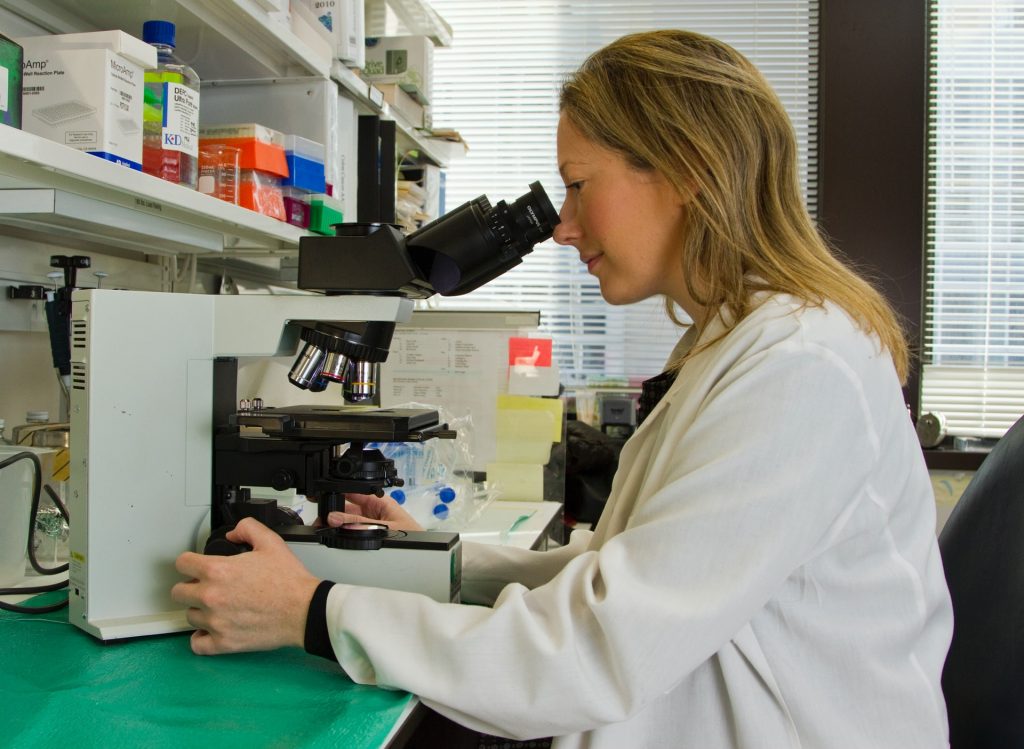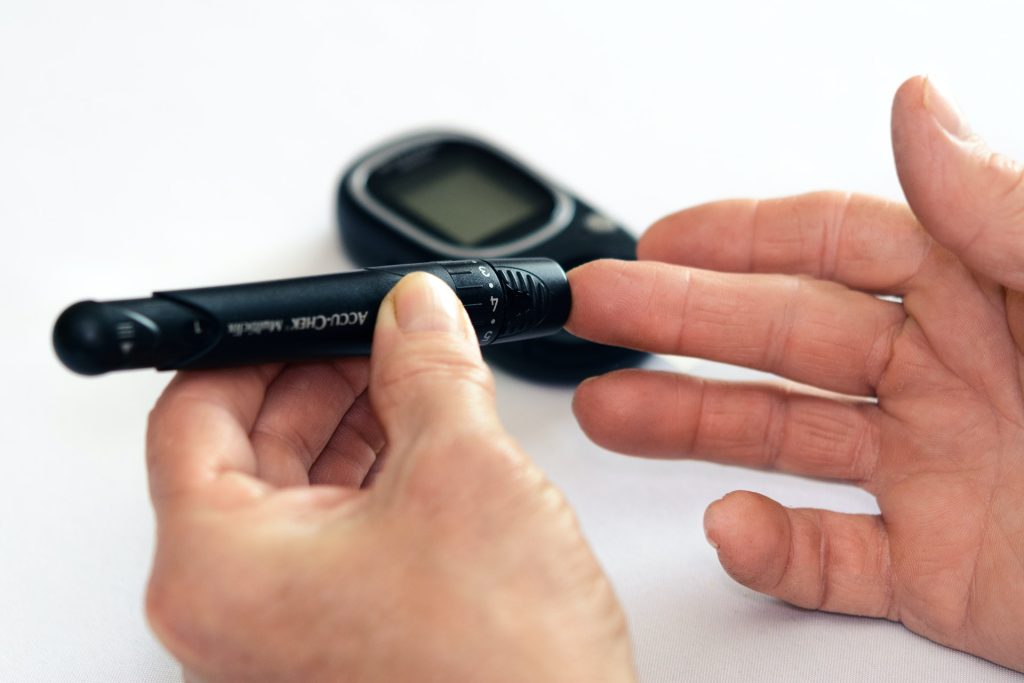Treating Cancer with the Toxoplasma Gondii Parasite

Scientists have discovered that Toxoplasma gondii, a parasite known to cause illness in pregnant women and immunocompromised patients, could potentially enhance the treatment of various types of tumours.
The parasite Toxoplasma gondii is a single-celled opportunistic protozoan capable of infecting a broad range of warm-blooded animals and has been reported in nearly one-third of the world’s human population. It has a number of health effects, including a strong link to schizophrenia and has even been associated with increased suicide attempts in mothers.
While many treatments have been able to treat tumours and prolong the lives of patients, there is a need to further enhance these. In the study, published in the Journal for ImmunoTherapy Cancer, scientists found that the commonly found parasite is able to sensitise ‘cold’ tumours, that is, tumours unlikely to trigger a strong immune response, to immune checkpoint blockade therapy.
The researchers believe that this finding could have broader therapeutic implications for many types of cancers.
T. gondii has to live inside the cells of its host and secretes numerous proteins to counter the host’s immune defences and to facilitate their own invasion and colonisation of the host cells. The researchers first built a T. gondii mutant strain with limited growth and disease-causing ability, but which is also able to manipulate the host immune system.
By directly injecting this mutant parasite into solid tumours, it induces inflammatory responses in those tumours and even in tumours located in a distant location in the mouse body. The researchers further demonstrated that this treatment approach has made tumours more responsive to treatment with immune checkpoint inhibitors.
This dual treatment significantly extended the survival of mice and reduced tumour growth in mouse models of melanoma, Lewis lung carcinoma, and colon adenocarcinoma.
Dr Hany Elsheikha, Associate Professor in the School of Veterinary Medicine and Science at the University of Nottingham, and one of the lead authors of the study, said: “The use of a mutant version of Toxoplasma gondii in the treatment of certain tumours in mice models has been previously reported. What makes this study different is the confirmation that intratumoural injection with mutant Toxoplasma gondii strain boosts antitumour immunity and the effectiveness of checkpoint inhibition therapy.
“These are significant findings and are relevant to future tumour therapy. The marked reduction in tumour size and the significant improvement in the survival of mice that received this novel combinational therapy is promising but should be interpreted with caution as further research is needed.”
Source: University of Nottingham







